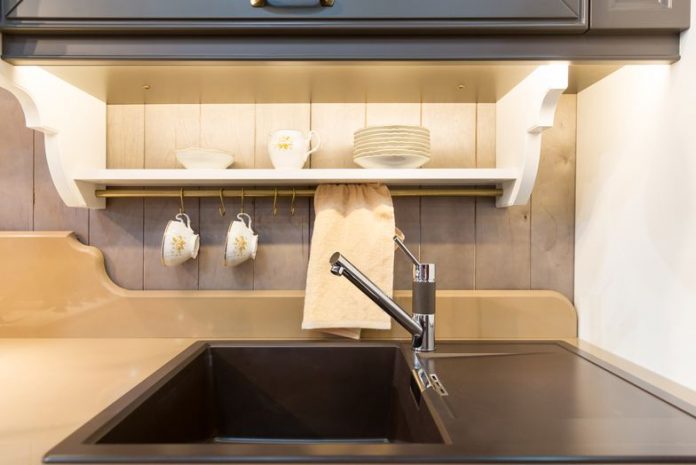Who says ceramic tiles are for the bathroom and kitchen only? They look great in any room and have the added advantage of being water-resistant and easy to clean.
However, the best thing about ceramic tiles is that they are easy to install. Contrary to popular belief, installing them does not require a professional, and this article will tell you how to install ceramic tiles.
There are two main kinds of ceramic tiles: glazed and porcelain. Areas with high foot traffic benefit from shiny tiles, whereas bathrooms usually require tiles known for their strength. However, porcelain is more expensive, so if your tiling area is large, your budget may not permit the installation of porcelain tiles.
So, let us begin without further ado. First, decide what the size of your tiles will be, though the most everyday size for flooring tiles is 12 x 12. Because they are relatively large, tiles of this size also make it easier to install for a beginner.
Step 1: First, you must prepare the underlayment or the base foundation.
It is the most critical aspect of laying ceramic tiles because the underlayment may well determine the outcome of your tile-laying project. The underlayment usually consists of plywood between 0-1′ thick.
However, you can also install ceramic tiles directly over a concrete base. In that case, you must ensure the floor is level and dust-free before installing. The best thing would be to use a leveling compound to smooth the floor.
Finally, you can tile over linoleum or another existing tile, but the previous floor must be solid. Also, when tiling over linoleum, it is best to apply ring nails of about six on center over the entire area.
Step 2: Do a dry run before you install the ceramic tiles.
That is, lay it out on the floor to preview the outcome. If the room has many corners, irregularly angled walls, or doorways, note them so there aren’t any gaps when installing the tiles. It may be necessary to adjust and resize certain tiles to fit into complex spaces but endeavor to make those modifications in less visible parts of the room.
After that, put two tiles in the middle to create two lines. The lines should be perpendicular to each other. Remember, you will work from the center outwards. Now remove the tiles and draw a line perpendicular to the most convenient wall in the room, in line with one of the earlier marks. Finally, reposition some of the tiles along the perpendicular lines and see if you can keep cutting tiles down to a minimum.
Step 3: Now comes the actual installation.
Once you have ensured the floor is dirt-free, apply the ceramic adhesive (mastic) to the flooring, starting in the center. For beginners, it is best to cover not more than an area of 4 sq ft at one time. For veterans, the area can be as much as ten sq ft. When you start small, you make sure that you have a chance to find out how many cuts are needed as you go along.
The coating of mastic that you apply should be about 1/8 thick to be spread with the flat end of a trowel. Next, use the serrated edge of the trowel to form ridges on the mastic, ensuring better adhesion for the tiles. For larger tiles, make more prominent ridges.
But be quick because the mastic will harden in about 30 minutes. As you lay, install the ceramic tiles, and use a wet saw to cut the tiles when required. Make sure you use lugs or spacers to create uniform spaces between tiles. Usually, this space should be no more than.
Step 5:
Once you have installed all the tiles, allow them to set for 24 hours before you apply the grout, which you have to mix with water or a special adhesive agent.
After you have applied the grout, wipe off the excess completely using a wet sponge. DO NOT leave excess grout on the tiles to dry. Once the grout has been set, usually after 24 hours, your tiles are ready for you to walk all over them!
So now you know how to install ceramic tiles, aren’t you just raring to go this weekend? Who knows, you may do such a great job of it that your professional services could be in demand!

